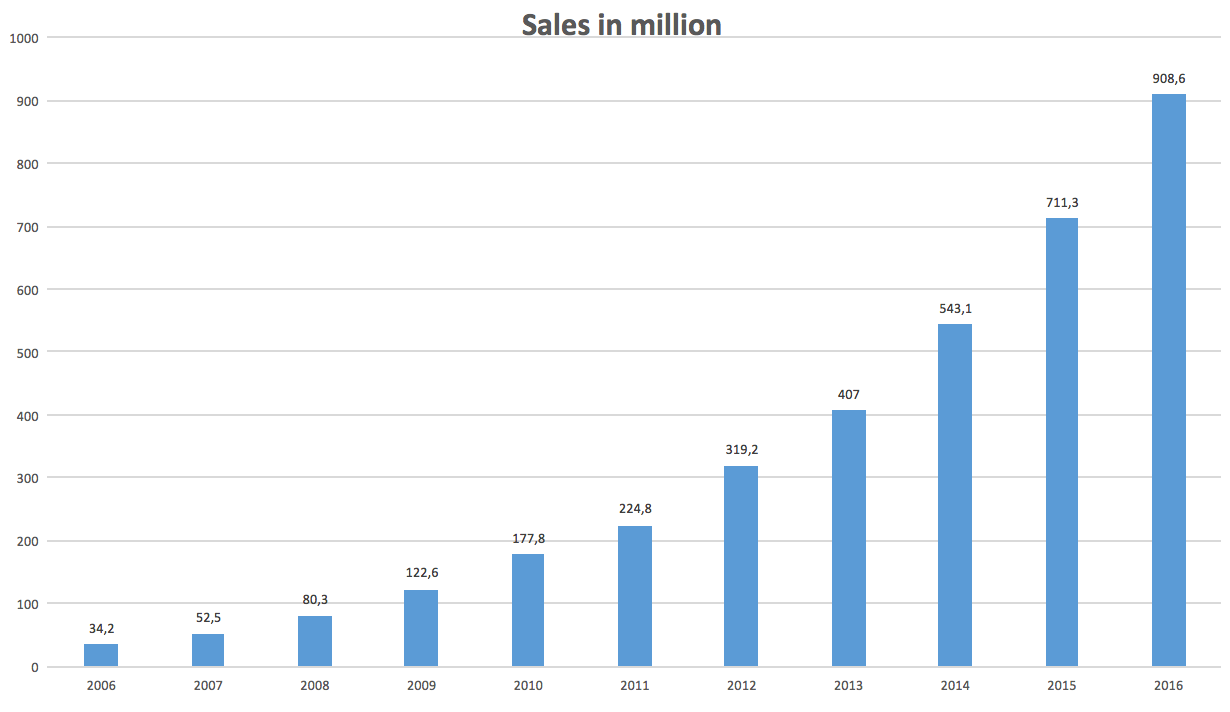U.S. Lime (USLM): A High Longevity Stock in a Low Competition Industry
This is the second article in my new approach to writing for Focused Compounding each week. I will give you a look into my initial thoughts on a stock that I may then research further. At the end of this article, I will tell you my interest level (0% means there’s no chance I will follow-up with additional research on this stock; 100% means it’s already at the top of my research pipeline). This is my first article on U.S. Lime & Minerals (USLM). So, the question I have to answer here is not “should I buy the stock”, “what is the stock worth”, etc. Right now, the question is simply: should I research USLM further.
Charlie Munger is a fan of flipping how you frame a problem by “inverting”. If everyone is looking at a problem the same way – maybe looking at it upside down will give you a different but equally correct way of seeing things. Today, I’m going to “invert” the problem of finding a company with a high return on capital. Actually, what matters for us investors is a company’s incremental return on capital while we own it. What the stock earned on its capital before we invested in it and what it earns after we sell the stock isn’t what we care about. We care about the return on money put to work while we own the stock.
That’s a more difficult question to answer, though. So, let’s just start by asking if we think U.S. Lime will can earn an adequate unleveraged return on equity for a long-time into the future. Here, I am focusing on the “long-time into the future” part.
First, a confession. I personally don’t think in terms of return on equity when making my own investing decisions. Instead, I always “invert” ROE. I think of capital not as something you earn a return on but something which is a bit of a “tax” on growth. The reason I wrote about a stock like NIC (EGOV) is that if it does grow – that growth will have a very low owner’s equity tax. Maybe the stock will grow and maybe it won’t. But, if it does grow, it isn’t going to need to retain earnings to do it.
With a commodity like lime, it’s possible that the “inflation” part of any growth won’t require much capital investment. If you already own plenty of lime deposits, then it shouldn’t cost you much more to produce the same tons of lime each year – and yet, if the dollar gets 3% less valuable each year, you may be able to charge 3% more for your same quantity of lime produced.
This is the aspect of a commodity producer that’s attractive. There are other less attractive aspects to commodity producers that often make me shy away from them. But, maybe we’ll learn lime doesn’t share those qualities.
My interest in U.S. Lime is a little odd. On the one hand – as …
Read more
